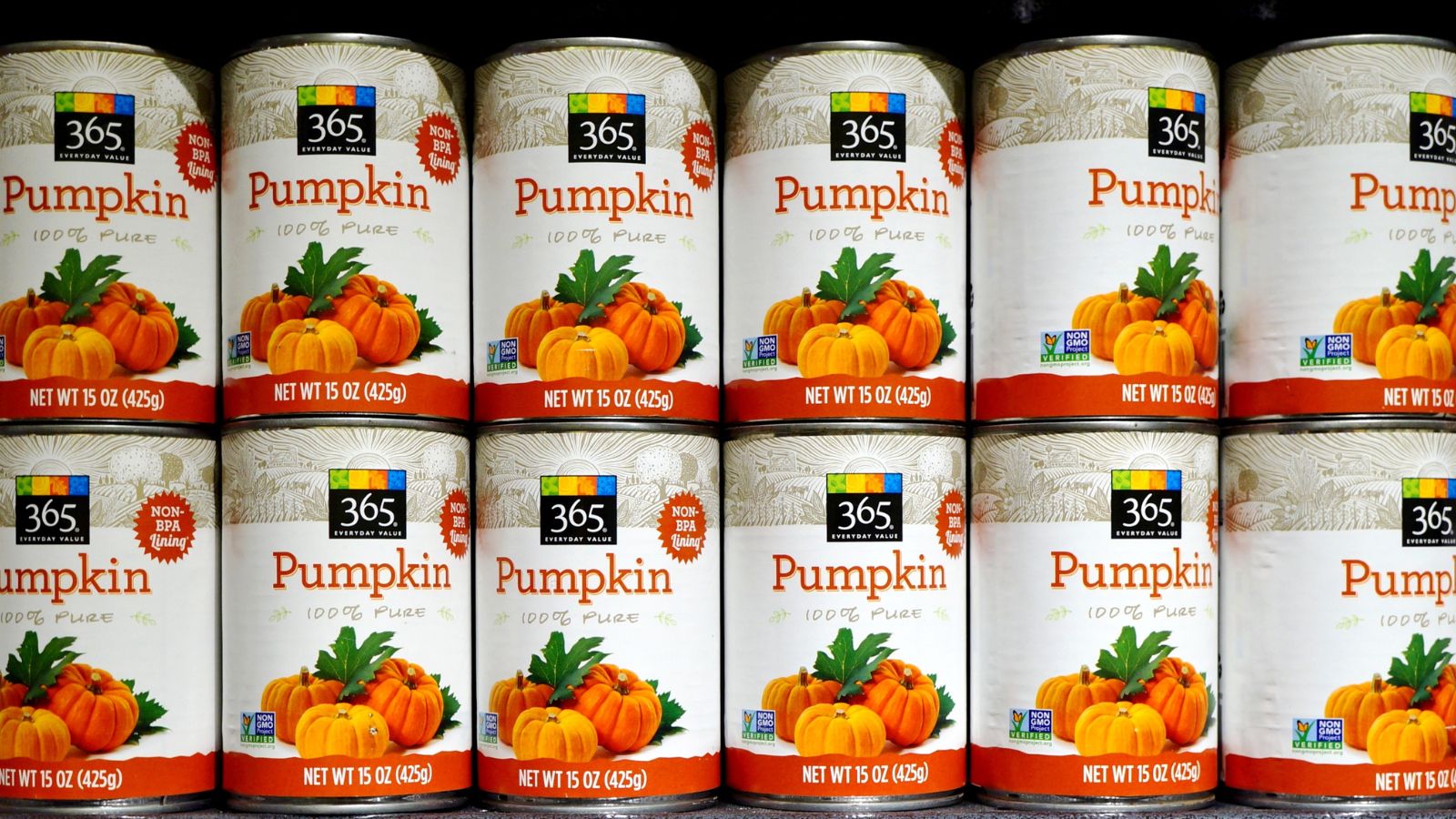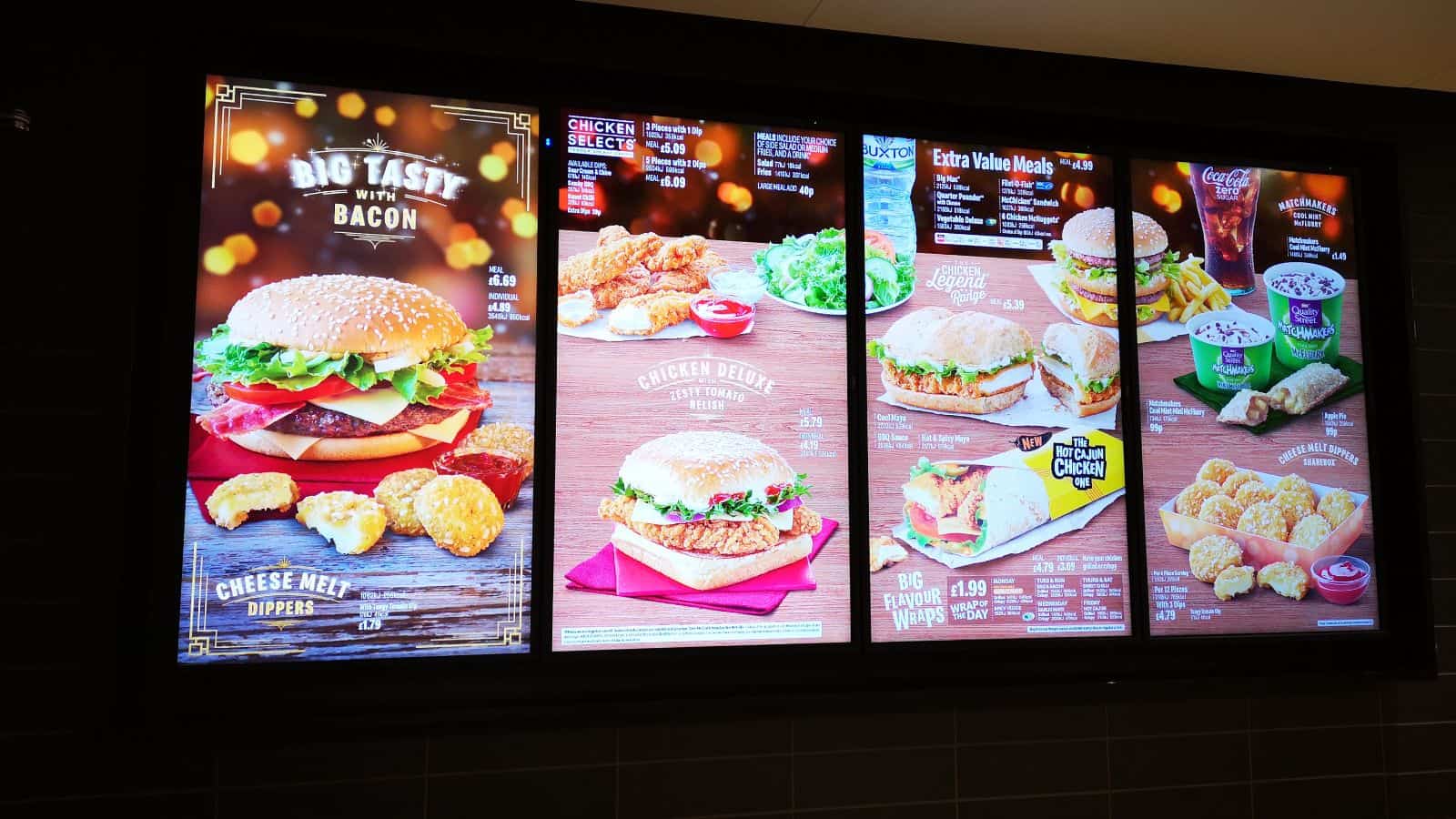High blood pressure is often called the “silent killer,” and for a good reason. It creeps up on you slowly but eventually wreaks havoc on your health before you know it. As you probably know, what you eat plays a significant role in keeping it under control—or making it worse. But while you may think that some foods are harmless, their high sodium or sugar content can actually raise your blood pressure to dangerous levels. To help you avoid these foods, we’ll take a look at some of the most common culprits.
Processed Meats

Lots of people love sausages and deli meats, but sadly, they’re often loaded with sodium and preservatives. These processed meats can also raise your risk of fluid retention, which puts added strain on your heart. Even small amounts can make a big impact if you eat them often enough. The good news is there are plenty of healthier protein options, like unseasoned cuts of chicken or turkey.
Canned Soups

What could be easier than heating up a bowl of canned soup on a busy evening? Unfortunately, this convenience often comes at a heavy price—most canned soups are packed with sodium to improve their shelf life and flavor. Even “healthy” or “low-fat” varieties can sneak in more salt than you’d expect.
Instead, we’d recommend making your own soup at home with fresh ingredients. This allows you to control the seasonings while keeping sodium levels in check.
Pickles and Fermented Foods

Pickles: you either love them or hate them. But we’ve got some bad news for the fermented food fans out there. While a crunchy dill pickle might seem harmless, it’s actually soaked in salty brine that can send your sodium levels through the roof.
While many fermented foods like kimchi and sauerkraut have some impressive health benefits, their salt content can still be a red flag for people who struggle with high blood pressure.
Frozen Dinners

Yes, frozen dinners can save you a lot of time and effort, but you need to ask yourself if the impact on your health is worth it. Many frozen meals pack in huge amounts of salt and unhealthy fats into your diet, as well as preservatives and sauces that significantly increase sodium levels, even in “light” or “low-calorie” options.
Salty Snacks

We all know that salty snacks like chips and pretzels can be hard to resist, but they’re also a sneaky source of sodium. These snacks often encourage mindless eating, which can quickly push you over your recommended sodium intake. So instead of reaching for a bag of chips, we suggest you try air-popped popcorn, unsalted nuts, or fresh-cut veggies with a flavorful hummus dip.
Sauces and Condiments

The salt and sugar hiding in your favorite sauces and condiments might surprise you. Just one tablespoon of soy sauce can contain over 1,000 milligrams of sodium—nearly half the daily recommended amount. Ketchup, barbecue sauce, and salad dressings often have added sugar that can make matters worse.
But don’t worry: if you want to cut back on salt, you can still make your own dressings and marinades using olive oil, vinegar, and fresh herbs, or look for low-sodium, sugar-free versions at the store.
Sodas and Sugary Drinks

Most people know soda isn’t the healthiest choice, but you might not realize that it can impact your blood pressure too. The high sugar content in soda and energy drinks can lead to weight gain, which indirectly raises your blood pressure too. Some sugary beverages also contain caffeine, which can cause temporary spikes in blood pressure.
Canned Vegetables

There’s no denying that canned vegetables make a convenient way to add more greens to your diet, but unfortunately, they’re often preserved in a salty brine. This added sodium can counteract the natural health benefits of the vegetables.
While it may be a little less convenient, it’s much better for your health to go for fresh or frozen vegetables, as they’re naturally low in sodium. If you still want to use canned veggies, rinsing them thoroughly under cold water can help remove some of the added salt.
Full-Fat Dairy Products

Creamy and delicious as they are, full-fat dairy products like cheese and heavy cream are very high in saturated fats. These fats can lead to higher cholesterol levels, which indirectly impact your blood pressure over time. Low-fat or fat-free options provide the same nutrients, such as calcium and protein, without the added health risks.
Alcohol

It’s okay to treat yourself to a few drinks every now and then, but as you may know, drinking too much can quickly lead to elevated blood pressure and other health issues. Alcohol can also interfere with medications used to treat hypertension, which reduces their effectiveness. Cutting back to no more than one drink a day for women and two for men—or avoiding alcohol altogether—can help maintain healthier blood pressure levels.
Fast Food

We all know how convenient and irresistible fast food can be. But if you’re concerned about your blood pressure, it’s a lot more important to fight that urge. Fast foods are often loaded with hidden dangers, like high amounts of sodium, unhealthy fats, and excessive calories, which can all contribute to hypertension.
Even salads from fast-food restaurants can be a trap when topped with salty dressings and processed ingredients.
Processed Cheese

Cheese spreads and processed slices, like those used in burgers or snack packs, may be delicious, but they’re also filled with salt and additives that can negatively affect your blood pressure. If you simply can’t resist that cheesy goodness, you can still consider fresh cheeses like mozzarella or ricotta in moderation, or explore plant-based cheese alternatives.
Bread and Rolls

You might be surprised to see bread on this list because it doesn’t taste particularly salty. But believe it or not, it can be a sneaky source of sodium, especially the packaged and processed varieties. Whether it’s a sandwich or a dinner roll, if you’re a big bread eater, the cumulative sodium content racks up quickly.
The good news is you definitely don’t need to give up bread for good. You can simply switch over to whole-grain breads with minimal added salt, or bake your own at home for better control.
Restaurant Meals

Everyone deserves to treat themselves to a restaurant meal every now and then. But unfortunately, many restaurant meals are loaded with salt, butter, and sugar to enhance their flavor. Even dishes that seem healthy, like grilled fish or salads, can come with hidden sodium in sauces and dressings.
So, if you’re concerned about your blood pressure, it’s a good idea to ask for sauces on the side or request that your dish be prepared with less salt. This way, you can enjoy your meal just as much without compromising your health.
Coffee and Energy Drinks

Now let’s take a moment to talk about our good friend caffeine. While many people rely on coffee or energy drinks for an energy boost, the combination of high caffeine levels with sugar and other stimulants can make them a risky choice for those with high blood pressure. These beverages can cause temporary blood pressure spikes and disrupt your heart’s rhythm over time. Most people will be fine drinking these beverages in moderation, but if you’re concerned, you may be better off sticking to decaf coffee, herbal teas, or good-old H2O.
Fried Foods

It’s rare to find anyone out there who doesn’t love the crunchy deliciousness of fried foods like French fries or onion rings. But sadly, just because something tastes amazing doesn’t make it amazing for your health. These foods are often packed with trans fats and sodium, which can raise cholesterol levels and lead to arterial damage, worsening hypertension over time.
Red Meat

You’ve probably heard that red meats like beef and pork come with some pretty serious health risks, and there’s a lot of truth in that. These meats are high in saturated fats, which can clog arteries and raise blood pressure if eaten in excess. While occasional lean cuts can be part of a balanced diet, eating red meat frequently can make hypertension harder to manage.
Sugary Desserts

Desserts like cakes, cookies, and pastries may seem like a harmless indulgence, but they’re often loaded with sugar, refined carbs, and unhealthy fats. These ingredients contribute to weight gain and inflammation, which can make blood pressure more difficult to control. For a healthier treat, try dark chocolate with a high cocoa content or fresh fruit paired with a dollop of Greek yogurt.
Instant Noodles

When you’re busy or stressed out, it’s easy to be tempted by the affordability and convenience of instant noodles. But as you may know, they’re often packed with unhealthy, sodium-dense seasoning packets.
This excess salt can lead to fluid retention and spikes in blood pressure. If you love noodles, look for whole-grain or rice-based options, and create your own broth using low-sodium stock and fresh herbs to keep your meal heart-friendly.
Bacon

Bacon is crispy, flavorful, and smells absolutely delicious when it’s sizzling away for a hearty breakfast. However, it’s also one of the highest-sodium processed meats available, with even small portions contributing significantly to daily salt intake. Coupled with its saturated fat content, bacon poses a double threat to heart health. If you’re craving something similar, turkey bacon or plant-based alternatives provide a lower-sodium, lower-fat option that still delivers on taste.
